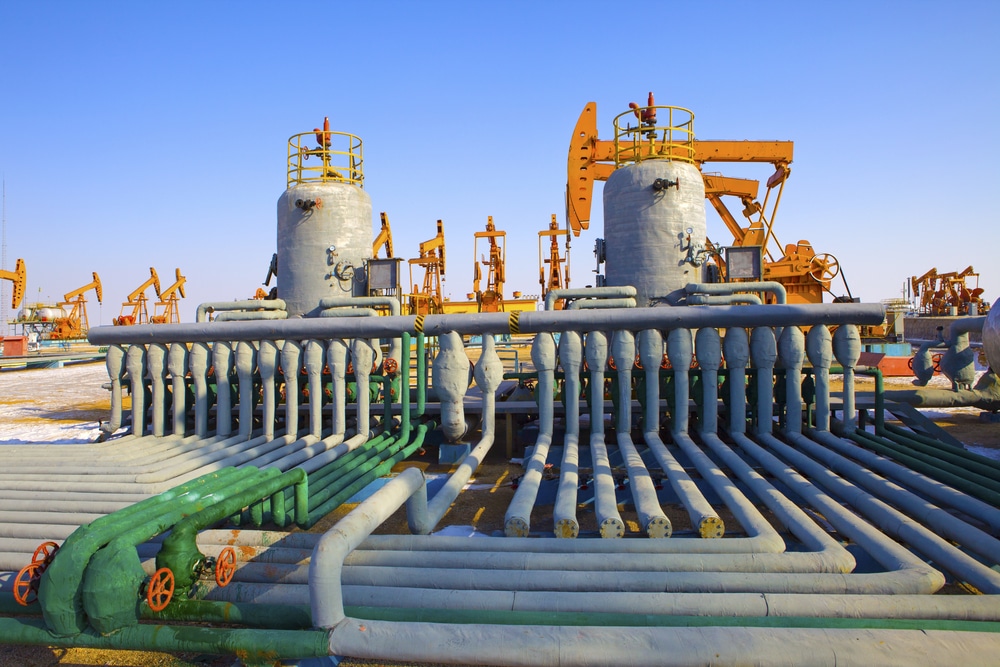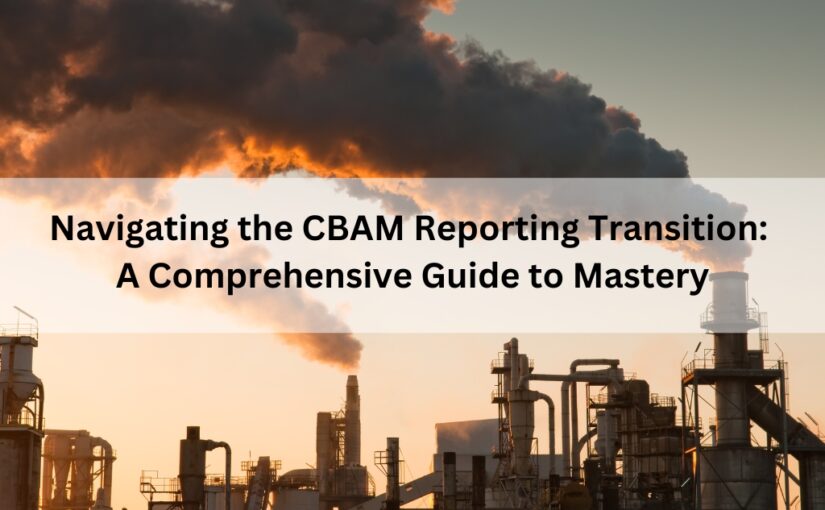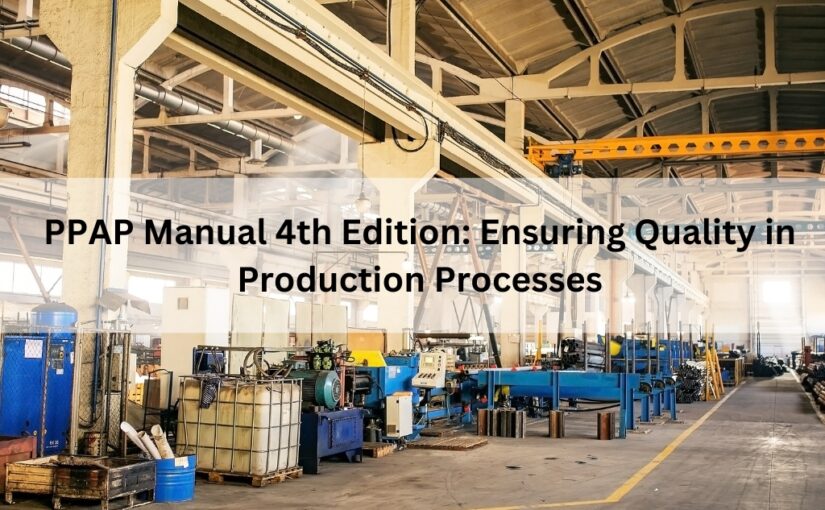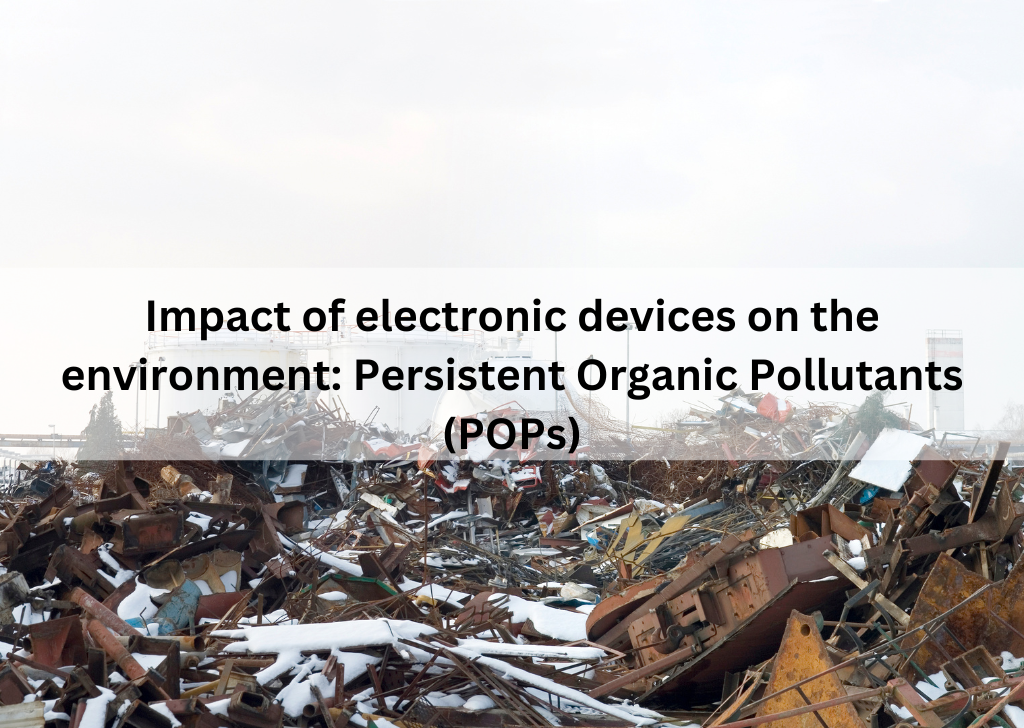Economic Advantages Of Cathodic Protection Against Corrosion
 Corrosion is a leading cause of piping and storage tank failures. Oil lines or gas lines which are submerged under the ocean for long distances are subject to corrosion in due course of time. Cathodic protection is an efficient and economical method to control the corrosion of a metal surface which has been buried or submerged.
Corrosion is a leading cause of piping and storage tank failures. Oil lines or gas lines which are submerged under the ocean for long distances are subject to corrosion in due course of time. Cathodic protection is an efficient and economical method to control the corrosion of a metal surface which has been buried or submerged.
When planning the construction of a buried or submerged system, the design should take into account the corrosion from the environment. Earth-buried pipelines are usually expensive investments. They are generally protected from corrosion using coatings and covering. However, coatings serve only as a primary protection and will not be sufficient for lengthy pipe lines, which are subject to high degree of corrosion if exposed to wet environment.
Corrosion is an electro chemical reaction that occurs if the coating gets damaged even in a small area or if it develops cracks or if the thickness of the coating is not adequate. The metal pipeline, thus exposed to soil or water, will form two electrodes of opposing polarity (anodes and cathodes) on the same metal. This may be due to chemical composition, velocity, temperature, stress or impurities in the metal. The electrical potential difference between these newly formed anodes and cathodes gives rise to a current that causes the pipe line to lose metal and become leaky. The corrosion develops and begins to spread, causing enormous damage to property as well as environment.
The expected lifespan of a pipeline network is, depending on the transport medium, a minimum of 50 years. Normally a pipe line should be functional for a period of 100 years.
Cathodic Protection Benefits
Some of the important and commonly used methods to prevent corrosion are galvanizing, anodizing, painting and replacement of steel with costlier metals. Galvanizing, anodizing and painting are extremely useful when pipeline sizes are small and above ground or are easily accessible for maintenance work. In the case of pipelines of large dimensions buried under the ground or under water, the above methods are not practicable or economical. Pipes carrying oil and gas at high pressures need to be protected against corrosion. At high pressures, it is not economical to keep a larger factor of safety for plate thickness. This could lead to loss of revenue, increased maintenance cost and plant outages. In such cases, cathodic protection along with coating will prove the most economical.
For water pipes, cast iron or concrete pipes can be used as alternative material. But for certain diameters and pressure, it is not economical to use these pipes and so mild steel pipes are the only possible solution.
Mild steel pipes can also be coated with a thick layer of concrete. Concrete covering is efficient when applied in dry and less corrosive soils. However, this could cause cracks and improper bonds due to mechanical vibrations, expansions and improper application. Concrete becomes ten times more conducting when it is wet than when it is dry. Hence in moist and corrosive soils, cathodic protection would prove to be a better alternative.
It is possible to adjust current output and voltages in cathodic protection as and when required to maintain proper degree of protection, if coating deteriorates over time. It is also possible to check whether the structure is sufficiently protected or not, if cathodic protection is applied.
Pipelines are generally used for the transportation of water, petroleum products, natural gas, and other utilities. The network of pipeline is huge and installed throughout the world. Pipelines may be onshore or offshore, and are subject to corrosion in both cases. It will be dangerous and more expensive if corrosion prevention action is not initiated.
Application of Cathodic Protection Systems on Buried Pipelines.
Cathodic protection offers an optimum of safety and efficiency because with a cathodic protection system, pipelines can be reliably operated even in critical soils. Cathodic protection should be considered wherever the system is exposed to an aggressive surrounding. It is worth noting that it is technically possible to apply cathodic protection for pipe lines that are buried or submerged.
Cathodic protection can be applied to pipe lines in addition to coating. There may be areas in the pipe line where the thickness of the coating is less than the prescribed norms and the quality of the coating is poor. Cathodic protection can be used on bare pipelines as well. Both galvanic anode and impressed current method can be applied to a buried pipe line. The application of either of these types depends on several factors, such as the required current, soil resistivity, and the area to be protected.










